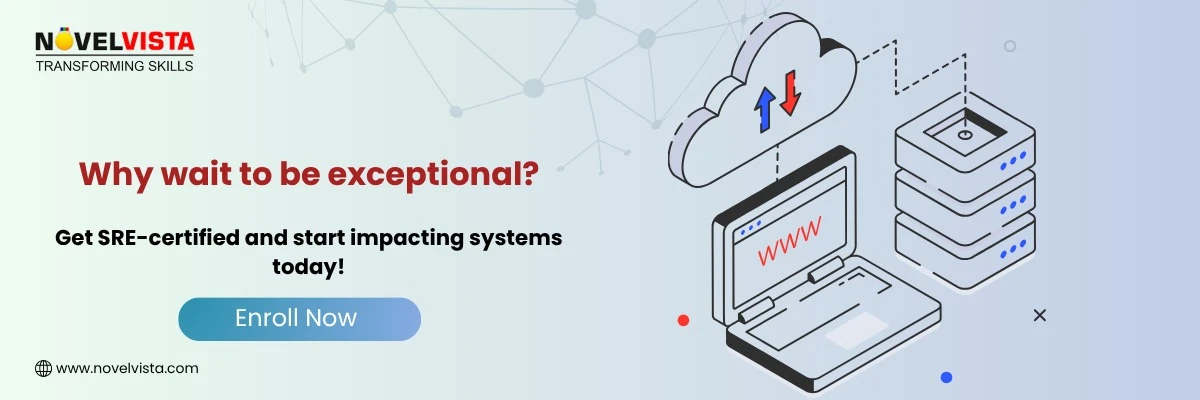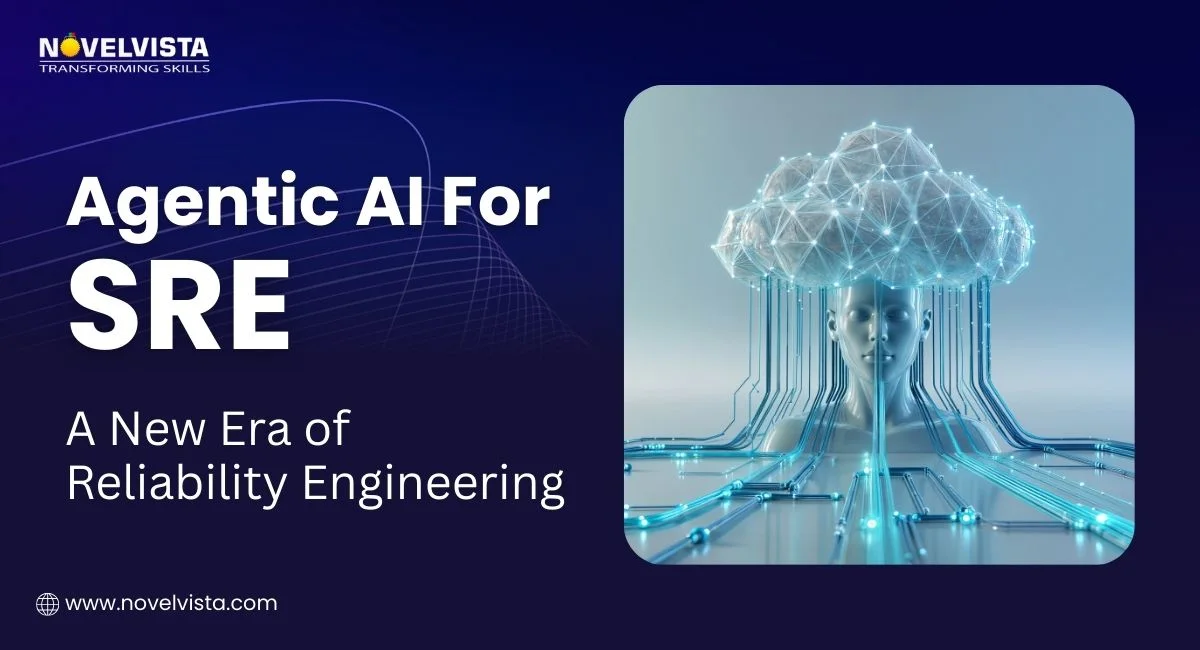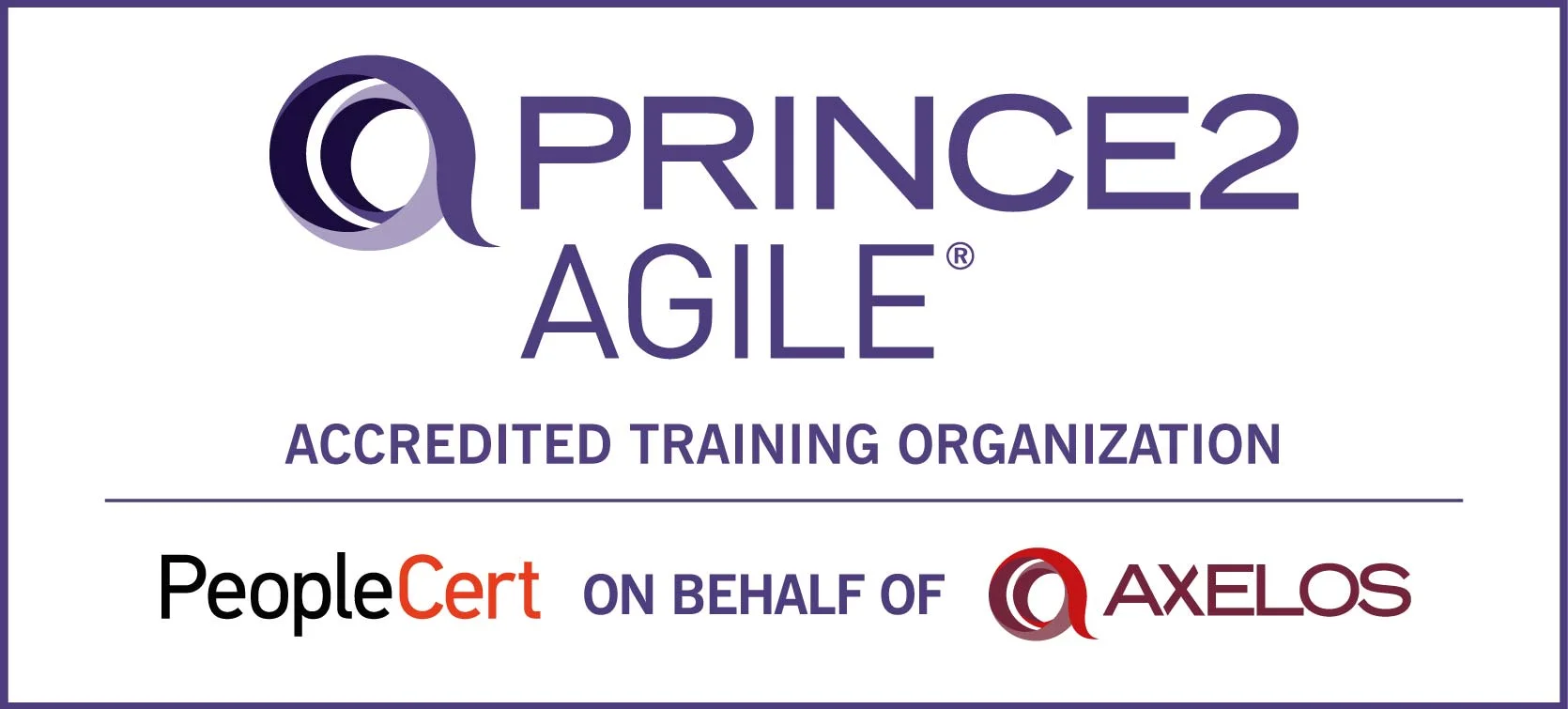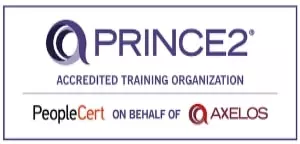The SRE Roadmap is the blueprint for mastering the future of IT reliability. In a world where system failures can lead to lost revenue, damaged reputations, and frustrated users, SRE has become the lifeline that businesses depend on. The roadmap covers essential skills like incident response, automation, scalability, and performance optimization to ensure systems run seamlessly, no matter the scale. Once exclusive to tech giants like Google, SRE is now a global standard for IT stability.
Whether you're an engineer, developer, or exploring DevOps, this roadmap will equip you with the expertise to stay ahead, build resilient systems, and be a driving force in the digital age.
What Is Site Reliability Engineering (SRE)?
Let’s break it down simply. Site Reliability Engineering (SRE) is a discipline developed by Google to ensure that services remain reliable, scalable, and efficient. It combines the logic of software development with the practical challenges of infrastructure and operations.
SRE professionals don’t just fix systems; they design systems that don’t break in the first place.
Here’s what makes the SRE roadmap special:
- It goes beyond traditional IT support.
- It emphasizes automation over manual work.
- It puts reliability at the centre of development practices.
More importantly, the SRE roadmap helps you build a structured journey from learning the basics to mastering large-scale system design and resilience.
Core Principles of SRE
Before diving into the technical SRE roadmap, it's essential to become familiar with the foundational principles that underpin SRE. These are not just buzzwords, they’re your guiding lights.

a. Embracing Risk
Systems will fail; it’s inevitable. SRE encourages acknowledging this fact and designing with resilience in mind. It’s about risk management, not risk elimination.
b. Service Level Objectives (SLOs)
These are measurable targets for uptime, latency, or error rates. SLOs guide your efforts and help set realistic reliability goals for your systems.
c. Error Budgets
This concept is genius. It allows you to balance innovation and reliability. If your system hasn’t used up its “error budget,” you’re free to push new changes. If you’ve exceeded it, it's time to stabilize.
d. Automation
You should avoid repetitive, manual tasks (also called toil) as much as possible. Automating deployments, monitoring, and recovery processes helps free up time for innovation.
e. Monitoring and Observability
Monitoring is about knowing when something is wrong. Observability is about knowing why. Tools like Prometheus, Grafana, and ELK help SREs gain insights into system health and behavior.
These principles will be your pillars throughout the roadmap.
The 2026 SRE Learning Path: From Beginner to Expert
If you're serious about becoming a successful SRE, you must follow a clear roadmap and learning path. Let’s break it down by levels to make it simple and actionable.
A. Beginner Level
This roadmap is your foundation. At this stage, focus on getting comfortable with the building blocks of system administration, programming, and cloud platforms.
- Linux/Unix Fundamentals: Most systems run on Linux. Understand file systems, shell commands, and process management.
- Networking Basics: Learn TCP/IP, DNS, HTTP/HTTPS, firewalls, and ports. These are must-know concepts for SREs.
- Programming Skills: Start with Python or Go. These languages are widely used for automation and scripting.
- Version Control Systems: Master Git and GitHub/GitLab. These are essential for tracking changes and collaborating with teams.
- Understand the Basics of Cloud Platforms: Familiarize yourself with cloud services such as AWS, Azure, or GCP. Learn the foundational concepts of cloud computing and infrastructure management.
Pro Tip: Don’t try to memorize everything; get your hands dirty by practicing in real environments. Try fixing broken VMs or writing small automation scripts.
B. Intermediate Level
Once you have your basics in place, move on to tools and practices that bring SRE to life.
- Configuration Management: Tools like Ansible, Puppet, and Chef help in automating server setups and maintenance tasks.
- Containerization: Learn Docker and container orchestration with Kubernetes. These are central to modern infrastructure.
- CI/CD Pipelines: Get familiar with Jenkins, GitHub Actions, or GitLab CI. Understand how to automate testing and deployments.
- Monitoring Tools: Explore Prometheus, Grafana, and ELK Stack. These help you collect logs and monitor system metrics effectively.
- Systems & Infrastructure: Develop a deep understanding of how systems interact, with a focus on reliability and uptime. Dive into the architecture of modern distributed systems.
- Learn DevOps Basics: Understanding DevOps principles is crucial for SRE. Learn about collaboration between development and operations teams, continuous delivery, and automation.
Pro Tip: At this stage, try contributing to open-source SRE tools or set up a home lab using free-tier cloud services to reinforce your skills.
C. Advanced Level
By the time you reach this level, you’re no longer just troubleshooting or setting up environments; you’re designing and managing large-scale systems. This stage of the SRE roadmap is all about scale, efficiency, and secure automation.
- Cloud Platforms: You should become proficient in AWS, Azure, or Google Cloud Platform (GCP). Understand compute services, networking, storage, IAM, and billing.
- Infrastructure as Code (IaC): Learn tools like Terraform or CloudFormation. These allow you to provision and manage infrastructure using code.
- Security Best Practices: Security can’t be an afterthought. Know how to set up secure access controls, manage secrets, and audit systems.
- Incident Management: Master the process of responding to outages, writing postmortems, and continuously improving incident response protocols.
- Service-Level Objectives (SLOs) & Indicators (SLIs): Learn how to define and measure the reliability of your services using SLOs and SLIs. This is crucial for ensuring the system meets its reliability goals.
- Scalability & High Availability: Understand how to design systems for scalability and high availability, ensuring that services are resilient under heavy load and during outages.
- Advanced Automation & Scripting: Dive deeper into automation, using more complex scripts to manage and optimize your infrastructure.
Pro Tip: Start working on real-world projects or simulations that involve auto-scaling, failover systems, and disaster recovery. That’s where true SRE skills shine.
D. Expert Level
This is where you transform from a solid SRE to a strategic leader. You’re not just executing tasks; you’re guiding others and building a culture of reliability.
- Chaos Engineering: Intentionally introduce failures to test how your systems respond. Tools like Gremlin and Chaos Monkey can help here.
- Capacity Planning: Use data to predict traffic trends and prepare infrastructure ahead of demand spikes.
- Leadership and Mentoring: Support your team, create documentation, run training sessions, and share knowledge regularly.
- Continuous Learning: The tech world evolves fast. Stay updated with the latest practices, attend SRE-focused events, and follow key thought leaders.
- Advanced System Design: Gain expertise in designing complex, large-scale systems that are robust, reliable, and optimized for performance.
Ready to Kickstart Your SRE Journey?
Join thousands of professionals who have transformed their careers
-
✅ Expert-Led Learning
-
✅ Hands-on Practice
-
✅ Up to 40% Off
How NovelVista Can Help You
This is not just training. This is transformation. At NovelVista, we don’t just teach; you evolve.
- Comprehensive Training Programs: Whether you're a complete beginner or a seasoned engineer, we have a course mapped for your stage in the SRE roadmap.
- Hands-On Labs: Our programs include real-world problem-solving labs to help you build, break, and fix systems just like in a production environment.
- Expert Mentorship: Connect directly with professionals who’ve worked on large-scale infrastructures. Ask questions. Get feedback. Grow faster.
- Certification Assistance: We’ll guide you to earn top certifications like Google SRE, AWS DevOps Engineer, or Linux Foundation SRE.
You don’t want to be left behind in 2026. The future of IT demands SRE certification that enables building fast and fixing faster. Let NovelVista get you there, faster, smarter, and more confidently.
Our Suggestion
If you're just starting, don’t get overwhelmed. The roadmap for SRE may look long, but every expert was once a beginner.
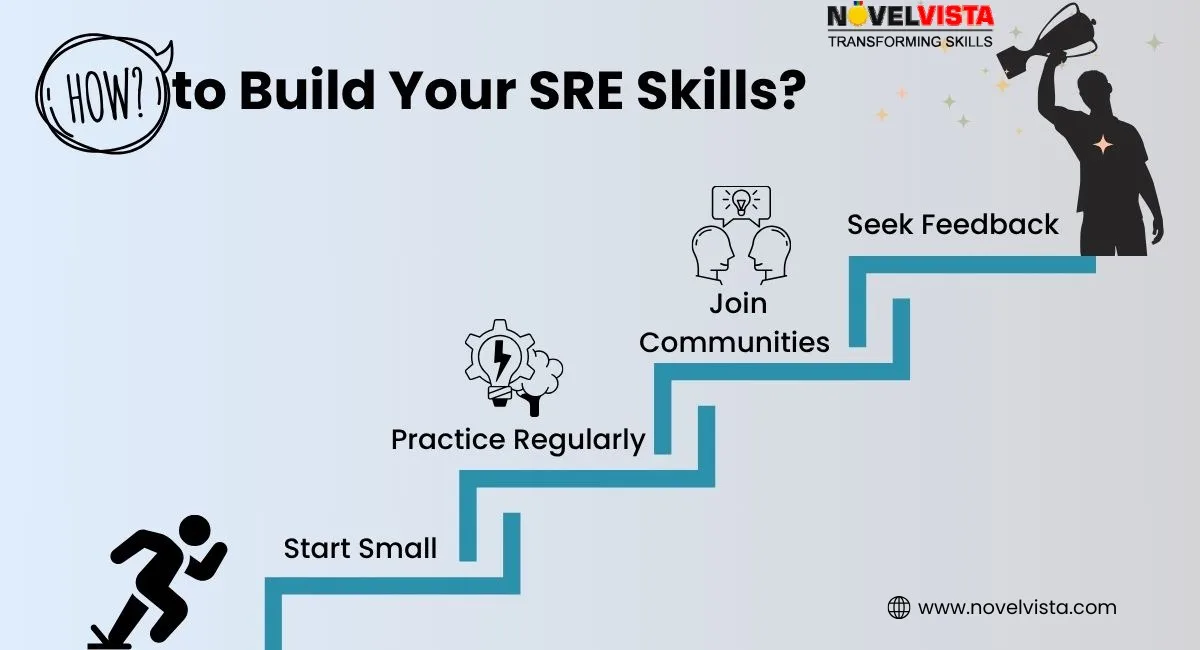
- Start Small: Don’t jump into Kubernetes or Terraform if you haven’t mastered Linux yet. Build a strong base.
- Practice Regularly: SRE is not a spectator sport. The more hands-on projects you do, the better your confidence.
- Join Communities: LinkedIn groups, Reddit forums, and Discord servers are great for staying updated and networking.
- Seek Feedback: Ask seniors, mentors, or your peers for a review. Self-learning improves tenfold when combined with external insights.
You don’t just want a job title, you want respect, impact, and recognition. And that comes only when you build the skill stack right with the roadmap.
Conclusion
Becoming a Site Reliability Engineer in 2026 is not just a career choice; it’s a smart investment in your future.
The digital world depends on reliability, speed, and security. Whether you’re fresh out of college or shifting from a development or sysadmin role, this roadmap gives you the path to success.
With structured learning, the right mindset, and support from experienced mentors like those at NovelVista, your transformation from learner to leader is not a distant dream; it’s your next move.
Frequently Asked Questions
Author Details

Mr.Vikas Sharma
Principal Consultant
I am an Accredited ITIL, ITIL 4, ITIL 4 DITS, ITIL® 4 Strategic Leader, Certified SAFe Practice Consultant , SIAM Professional, PRINCE2 AGILE, Six Sigma Black Belt Trainer with more than 20 years of Industry experience. Working as SIAM consultant managing end-to-end accountability for the performance and delivery of IT services to the users and coordinating delivery, integration, and interoperability across multiple services and suppliers. Trained more than 10000+ participants under various ITSM, Agile & Project Management frameworks like ITIL, SAFe, SIAM, VeriSM, and PRINCE2, Scrum, DevOps, Cloud, etc.
Course Related To This blog
SRE Maturity Webinar
SRE Foundation and Practitioner Combo
SRE Certification Course
SRE Foundation and SRE Practitioner combo
SRE Practitioner
SRE Foundation
Confused About Certification?
Get Free Consultation Call


